After months of rumors and delays, the 1080 Ti is finally here. This is probably the most delayed Ti card after the flagships. But on the bright side, it is enough of an upgrade to making it worth the wait. The 1080 Ti is an amazingly fast card beating the 1080 by a huge margin and terribly close to the Titan for about half the cost. In fact, there is no reason to to buy the Titan X now that the 1080 Ti exists. The specs should give you a better story.
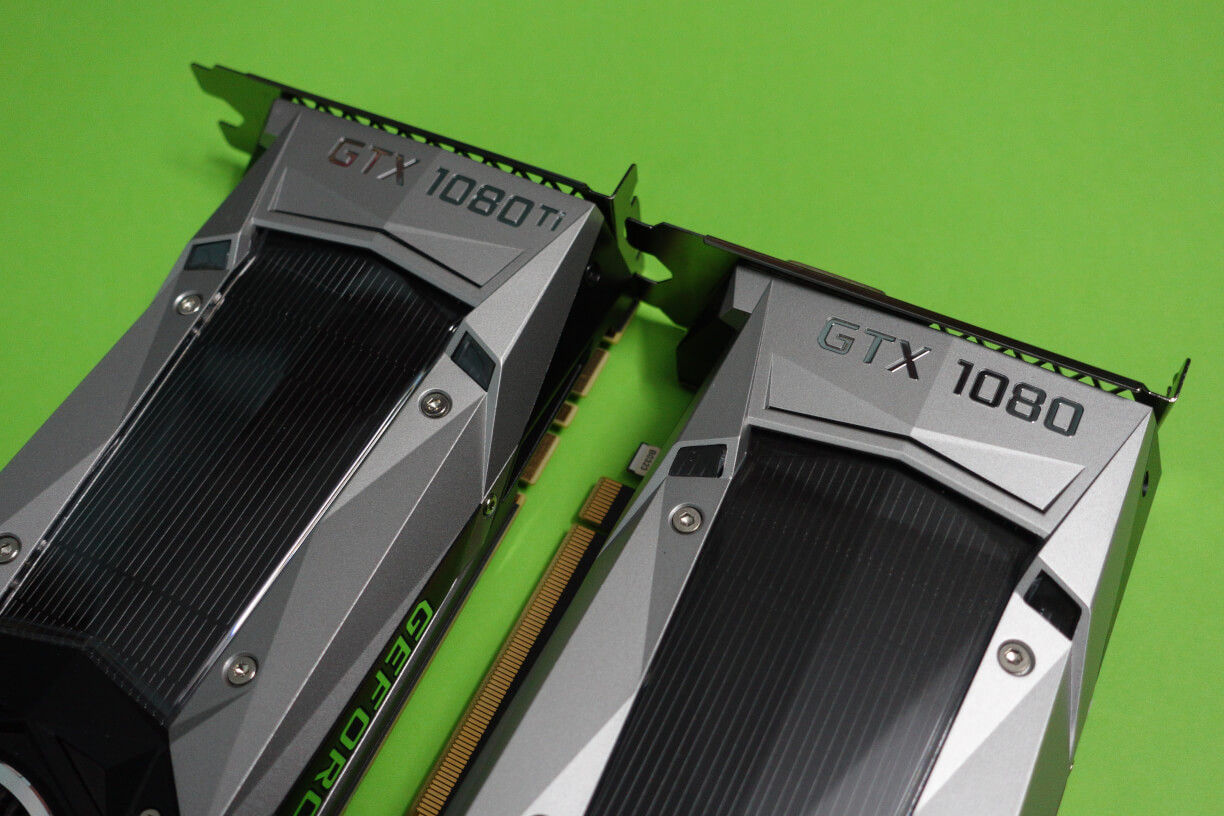
| 1080 | 1080 Ti | Titan X | |
|---|---|---|---|
| Processor (nm) | 16 | 16 | 16 |
| Transistors (Billions) | 7.2 | 12 | 12 |
| Die Size (mm^2) | 314 | 471 | 471 |
| CUDA Cores | 2560 | 3584 | 3584 |
| Base Clock (MHz) | 1417 | 1480 | 1607 |
| Boost Clock | 1480 | 1582 | 1733 |
| VRAM (GB) | 8 | 11 | 12 |
| VRAM Speed | 10,000 | 11,000 | 11,000 |
| BUS Width | 256 | 352 | 384 |
| ROP | 64 | 88 | 96 |
| TMU | 160 | 224 | 224 |
| TFLOP | 8873 | 11340 | 10609 |
| Bandwidth (GB/s) | 320 | 484 | 480 |
| TDP (Watts) | 180 | 250 | 250 |
Spec wise, the major difference is that the Titan X has 1GB more VRAM more than 1080 Ti. In some places like the Base Clock and the Boost Clock, the 1080 Ti outperforms the Titan X. The difference between the 1080 and 1080 Ti though, is a completely different story. It’s like night and day. The only place where 1080 is better is in energy efficiency. The 1080 consumes only 180W of power, while both the 1080 Ti and Titan X consumes 250W and requires more pins to power them up. But to be fair, they require that kind of power for all the extra graphic processing.
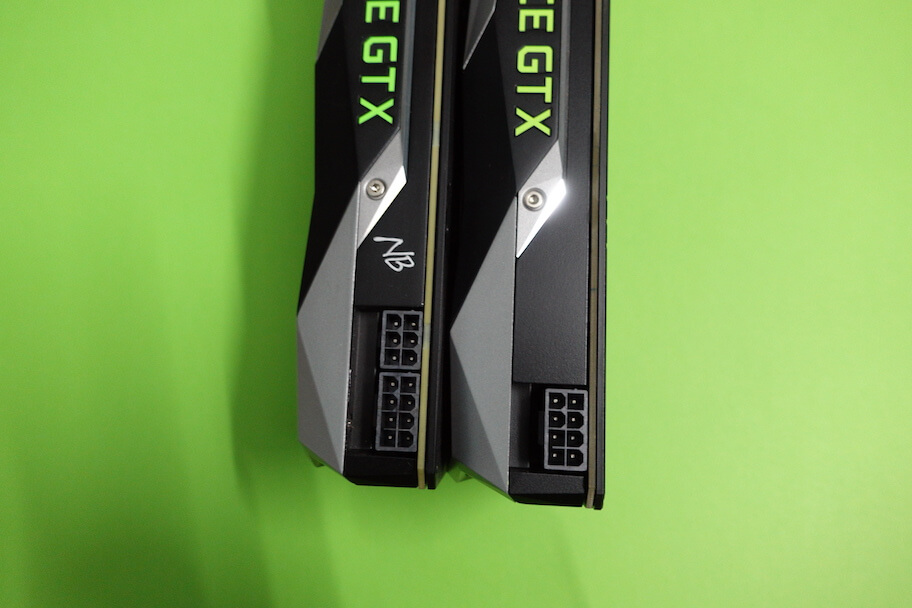
Design wise, Titan X has a cool Matte Black build, whereas 1080 Ti continues to have the same build of 1080. It has the same heatsink with nice metal corners and one fan which is not that loud.
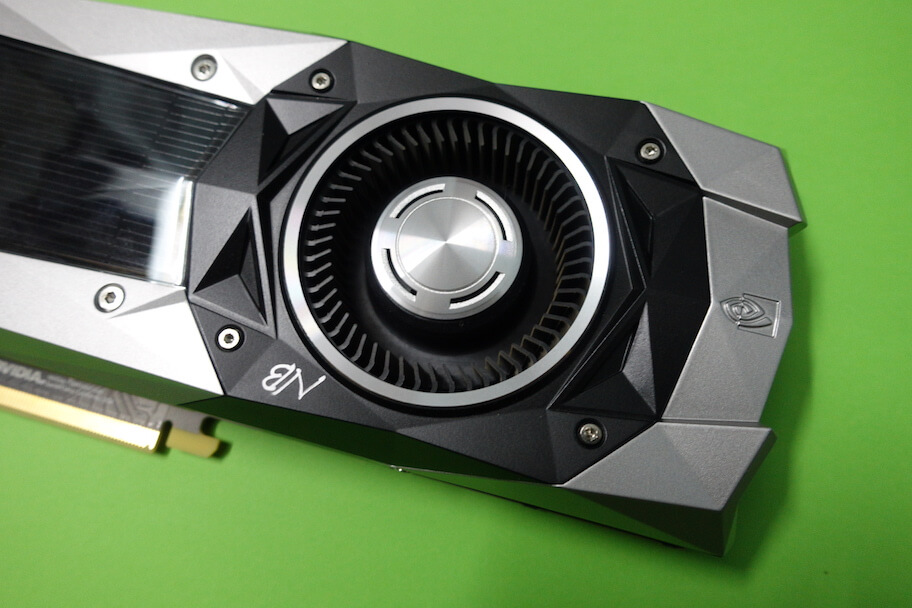
On the connectivity side, the 1080 Ti comes with three display ports and one HDMI port. There is no DVI port which is available in the 1080. A Display Port to DVI is included in the box, but it is disappointing. I have a 144Hz monitor which supports only DVI and the included cable does not support more than 60Hz. I had to get another Display Port to DVI converter to use my 144Hz Monitor. Removing the Display Port is completely fine, but they could’ve included a good quality converter in the box instead of the one it comes with.
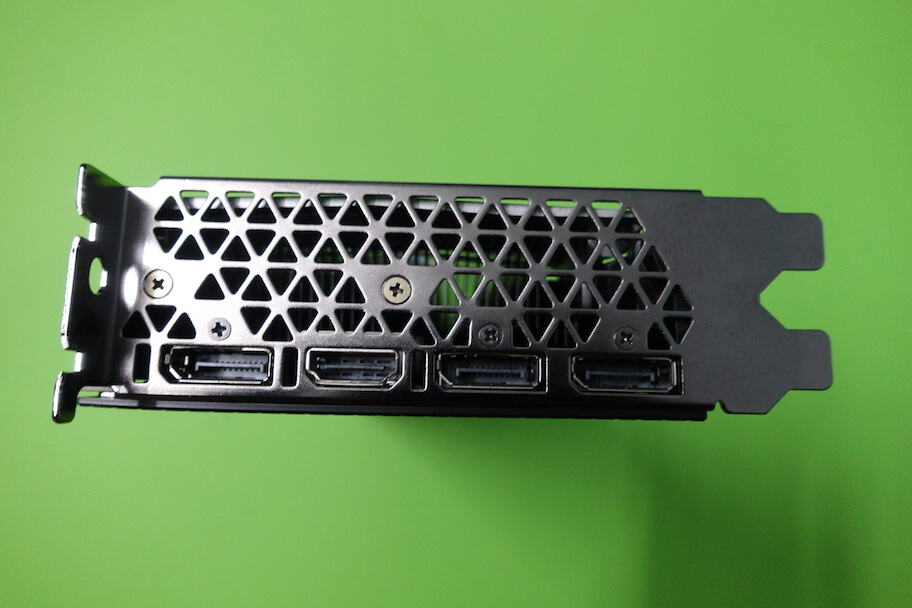
Performance wise, the 1080 Ti is built for 4K and beyond. Make no mistake, the 1080 is capable of doing 4K gaming, but just above 30fps for most of the recent titles. The 1080 Ti though, can easily run the latest titles in 4K, above 60fps. This is with the highest settings possible for both the cards.
To test the card, I ran it on my personal rig with the following specs:
| Processor | i7 6700K |
|---|---|
| Motherboard | Asus Maximus VIII Hero Alpha |
| RAM | 2 x 8GB DDR4 2666Mhz |
| SSD | Samsung 960 EVO : 250GB PCIe NVMe M.2 |
| SMPS | Corsair RM1000x |
For our benchmarks, we pitched the 1080 Ti against the 1080 for a couple of reasons: Thats the only Pascal series card we own and the other reason is we felt the 1080 to be the real contender for 1080 Ti. We felt no need to bring the Titan X in because it was only slightly better and ridiculously more expensive in terms of value for money.
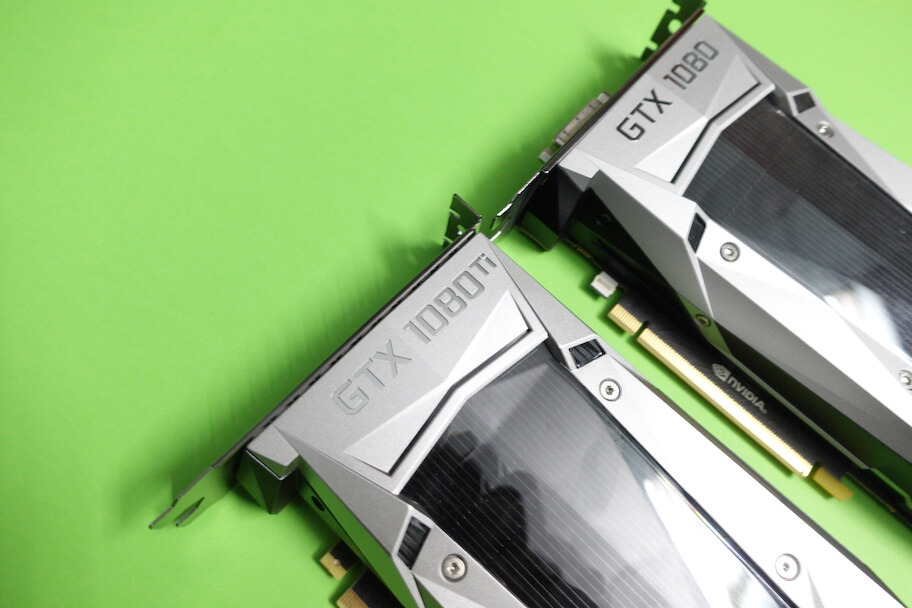
| Game | Resolution | 1080 Ti | 1080 |
|---|---|---|---|
| Rise of the Tomb Raider | 1080 | 168 | 129 |
| 1440 | 111 | 83 | |
| 2160 | 62 | 48 | |
| Hitman | 1080 | 133 | 116 |
| 1440 | 114 | 91 | |
| 2160 | 53 | 50 | |
| Battlefield 1 | 1080 | 140 | 129 |
| 1440 | 95 | 91 | |
| 2160 | 54 | 50 | |
| Gears of War 4 | 1080 | 154 | 129 |
| 1440 | 110 | 89 | |
| 2160 | 58 | 41 | |
| GTA V | 1080 | 132 | 110 |
| 1440 | 109 | 83 | |
| 2160 | 81 | 62 | |
| Witcher 3 | 1080 | 131 | 92 |
| 1440 | 96 | 65 | |
| 2160 | 59 | 40 |
From the benchmarks, the 1080 Ti clearly outperforms the 1080. We did try overclocking it, but like every other Founder’s edition card, we had a maximum difference of 10 frames. Here are the benchmarks for overclocking at 1440p.
| Game | Stock | Overclocked |
|---|---|---|
| Rise of the Tomb Raider | 111 | 122 |
| Hitman | 114 | 125 |
| Gears of War 4 | 110 | 119 |
| GTA V | 109 | 120 |
| Witcher 3 | 96 | 103 |
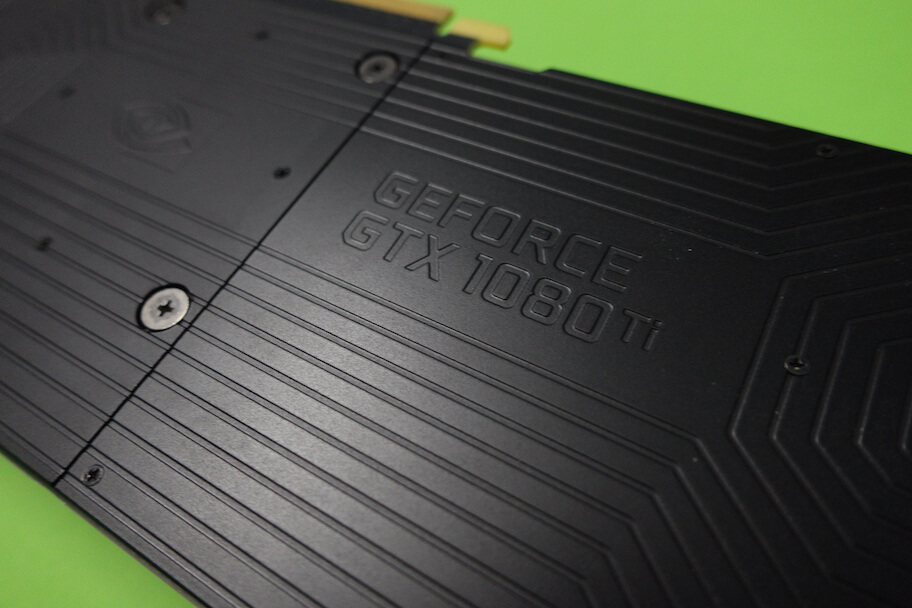
Summing things up, is the 1080 Ti worth it? If you’re buying a new card, you should definitely get the 1080 Ti. But it is not an essential upgrade if you already have the 1080. Also, the price of 1080 has substantially dropped to about $500 and the 1080 Ti is at the price point 1080 was previously at, which is about $700. The price drop is not just in the US. If you’re from India, you can pick the 1080 for Rs. 40,000 and the 1080 Ti for Rs. 70,000 following the same pattern. The Titan X though, is priced over Rs. 1 Lakh. So right now, the 1080 Ti is the best consumer GPU to get considering the price and performance.
- A good leap from 1080 to make it worthwhile
- Titan level performance
- No more DVI port and the included adapter is not good enough for high framerates

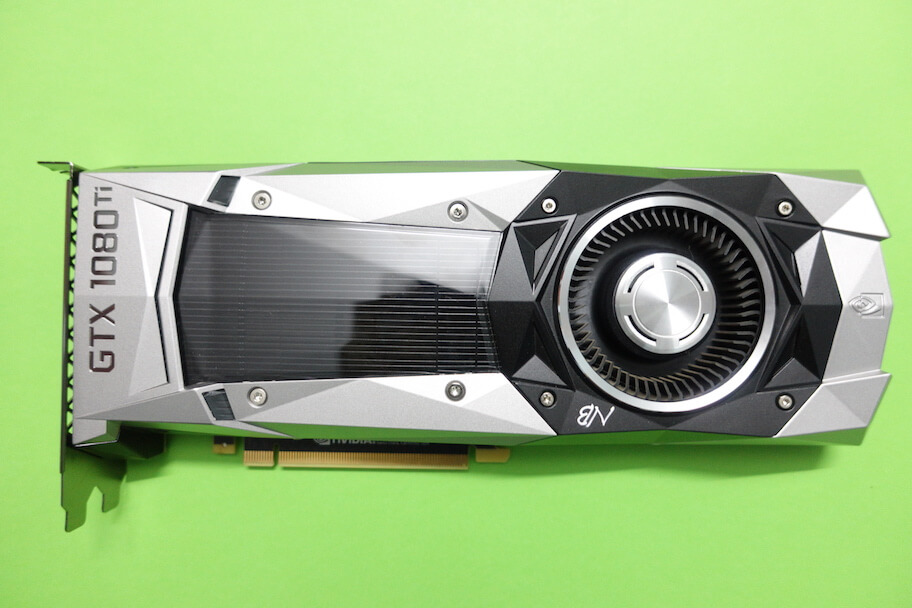
[…] NVIDIA 1080 Ti Review: Titan X Level performance at a lower cost […]